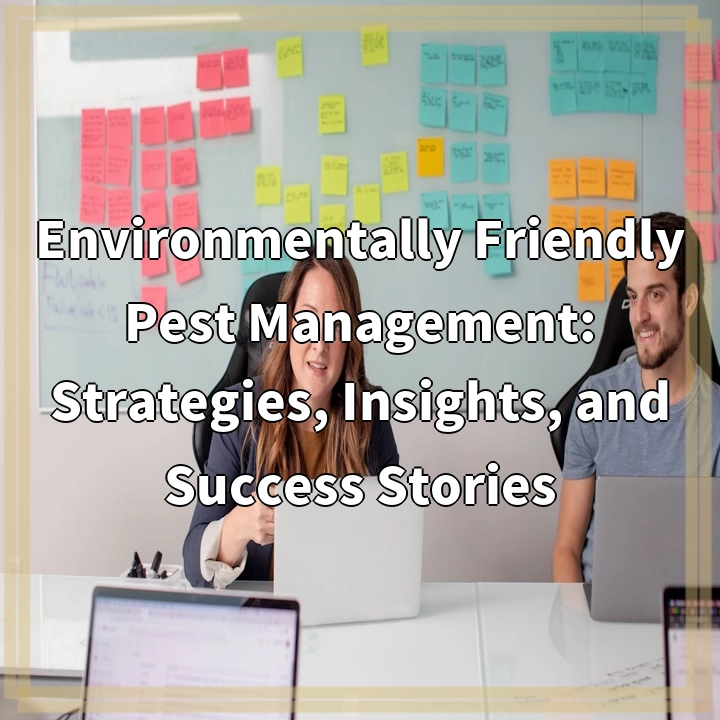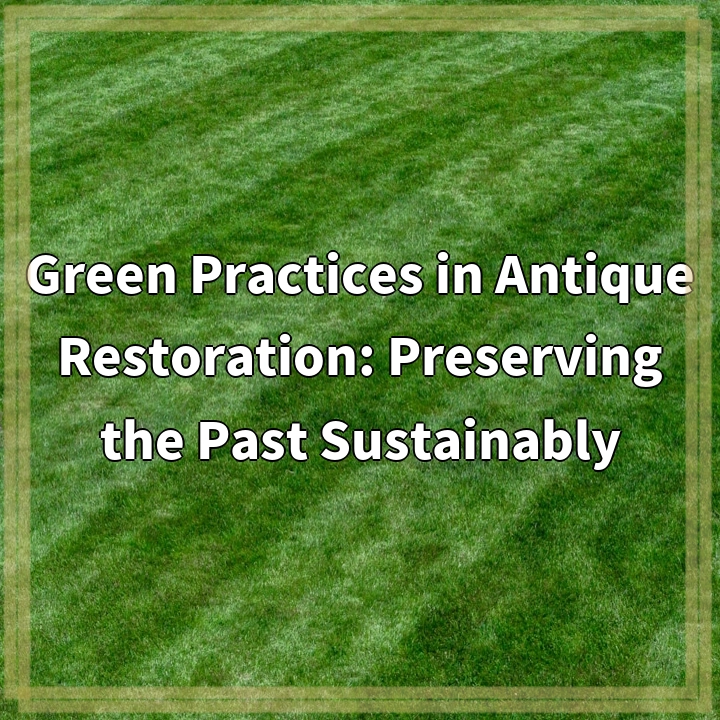
What it is:
Environmentally Friendly Pest Management (EFPM) refers to a range of practices designed to control pest populations while minimizing harm to the environment, human health, and beneficial organisms. This approach encourages the use of natural predators, biological controls, and sustainable practices that reduce reliance on chemical pesticides. Techniques often include integrated pest management (IPM), which combines various methods such as crop rotation, habitat manipulation, and monitoring pest populations to effectively manage pests in an environmentally conscious way.
Core Principles of Environmentally Friendly Pest Management
Some core principles of EFPM include:
- Prevention: Employing cultural practices such as planting pest-resistant crop varieties and rotating crops to break pest life cycles.
- Monitoring: Regularly checking for pest populations to understand their lifecycle and impact, allowing for timely interventions.
- Biological Control: Utilizing natural predators or parasitic organisms to keep pest populations in check.
- Targeted Solutions: Applying specific controls only when necessary, rather than relying on broad-spectrum pesticides.
Real-World Problems
Despite the advantages of Environmentally Friendly Pest Management, there are several real-world challenges associated with its implementation:
1. Lack of Awareness and Education
Many farmers and pest control practitioners are not adequately informed about EFPM strategies. Limited knowledge can lead to continued reliance on chemical pesticides, which can harm ecosystems and human health.
2. Economic Constraints
Transitioning to environmentally friendly methods may come with upfront costs for farmers, making it a less attractive option. Some may find it difficult to invest in alternative pest management solutions, which could potentially affect their yields and profits in the short term.
3. Resistance to Change
Long-standing practices are sometimes difficult to shift. Many cultivators have relied on chemical pesticides for generations, creating a cultural inertia that can hinder the adoption of innovative and ecological alternatives.
4. Limited Availability of Resources
In some regions, there may be a lack of access to resources needed for EFPM, such as biological control agents or educational programs focusing on sustainable methods. This can restrict the ability of local farmers to implement environmentally sound practices effectively.
5. Balancing Effectiveness and Environmental Impact
Finding a balance between effective pest management and environmental sustainability can be challenging. Some pests may develop resistance to biological controls over time, necessitating ongoing research and adaptation of EFPM strategies to remain effective.

Solutions for Effective Environmentally Friendly Pest Management
Addressing the challenges associated with Environmentally Friendly Pest Management (EFPM) requires a multifaceted approach that promotes awareness, education, and resource accessibility. Below are several solutions to enhance the effectiveness and adoption of EFPM practices.
1. Education and Training Programs
Developing comprehensive education and training programs for farmers and pest control practitioners can significantly increase awareness of EFPM strategies. Workshops, online courses, and community outreach initiatives can help impart knowledge about sustainable pest management techniques and their ecological benefits.
2. Financial Support and Incentives
Providing financial assistance and incentives for farmers to transition to EFPM can mitigate economic barriers. Grants, subsidies, or low-interest loans aimed at implementing sustainable practices can encourage adoption while ensuring farmers remain financially stable.
3. Community Engagement
Encouraging community involvement can foster a culture of sustainability. Collaborating with local organizations, agricultural extension services, and universities can help create a support system for farmers and promote the sharing of best practices related to EFPM.
4. Access to Resources
Improving access to biological control agents and sustainable pest management tools is crucial. Establishing networks that connect farmers with suppliers of eco-friendly products can facilitate the transition and enhance the effectiveness of EFPM methods.
5. Ongoing Research and Development
Investing in research to develop new biological controls and refine existing EFPM techniques is essential. Continuous research efforts can address pest resistance issues and provide farmers with effective solutions tailored to their specific environments and agricultural practices.
6. Integrated Pest Management (IPM) Adoption
Promoting Integrated Pest Management (IPM) as a cornerstone of EFPM can provide a structured approach to pest control. By combining various management techniques and focusing on preventive measures, farmers can enhance pest control effectiveness while minimizing environmental impacts.















